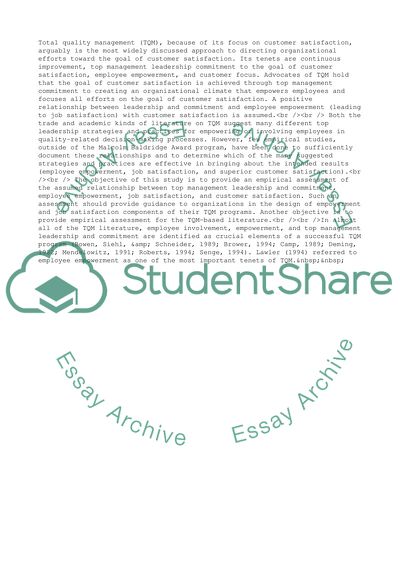Cite this document
(Impact of Empowerment and Trust on Effective Organizational Developmen Research Proposal, n.d.)
Impact of Empowerment and Trust on Effective Organizational Developmen Research Proposal. Retrieved from https://studentshare.org/management/1707322-critical-analysis-of-the-impact-of-empowerment-and-trust-on-effective-organisational-development-consider-the-implications-for-management-development-programm
Impact of Empowerment and Trust on Effective Organizational Developmen Research Proposal. Retrieved from https://studentshare.org/management/1707322-critical-analysis-of-the-impact-of-empowerment-and-trust-on-effective-organisational-development-consider-the-implications-for-management-development-programm
(Impact of Empowerment and Trust on Effective Organizational Developmen Research Proposal)
Impact of Empowerment and Trust on Effective Organizational Developmen Research Proposal. https://studentshare.org/management/1707322-critical-analysis-of-the-impact-of-empowerment-and-trust-on-effective-organisational-development-consider-the-implications-for-management-development-programm.
Impact of Empowerment and Trust on Effective Organizational Developmen Research Proposal. https://studentshare.org/management/1707322-critical-analysis-of-the-impact-of-empowerment-and-trust-on-effective-organisational-development-consider-the-implications-for-management-development-programm.
“Impact of Empowerment and Trust on Effective Organizational Developmen Research Proposal”. https://studentshare.org/management/1707322-critical-analysis-of-the-impact-of-empowerment-and-trust-on-effective-organisational-development-consider-the-implications-for-management-development-programm.


